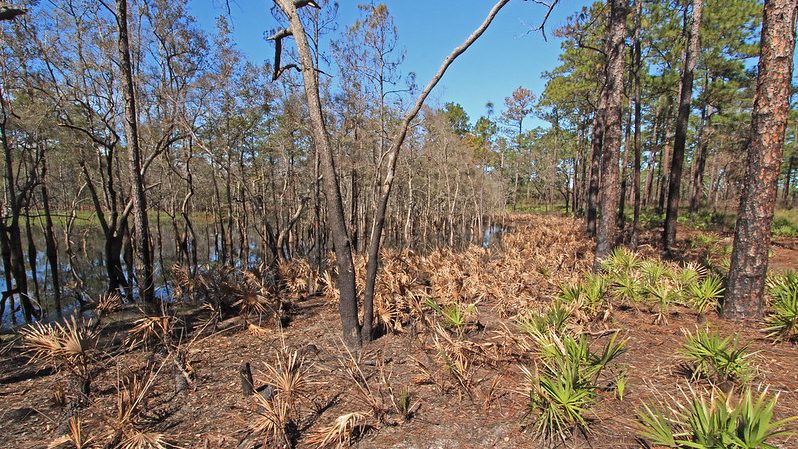New Drought Severity Index Considers Water Demand in Times of Drought to Reduce Water Deficit

This semester, the SE CASC Global Change Fellows have worked to create science expert videos that communicate the state of the science of various landscape conservation challenges related to global change in the southeastern United States. Students chose a topic of interest, interviewed an expert in the field, and created an informative video and blog post to share what they learned. The following video and summary were created by SE CASC Global Change Fellow, Hemant Kumar.
Developing a Drought Index linking Water Demand and Water Supply

Written by: Hemant Kumar
Interviewee: Dr. Naresh Devineni (Associate Professor, Department of Civil Engineering, The City University of New York)
Drought is a natural disaster which causes massive economic and social impacts. In addition to tangible financial costs, droughts also cause less-obvious costs such as impacts on environment and biodiversity. Drought’s impact is felt over large regions as we are seeing the drying up of the reservoirs in the entire Midwestern US right now. Traditionally droughts have been defined by the government agencies and researchers as lack of rainfall and/or streamflow with respect to a normal year. Such traditional measures classify droughts merely based on available water in the form of rainfall, streamflow or soil moisture and do not consider the water demand of the users. However, the consideration of demand is very important as a drought of similar severity will disproportionately impact a place with high demand as compared to another place with low demand even when they have similar water supply. The proposed index, called Demand Severity Drought Index (DSDI), connects water demand to water supply by accumulating the deficit (shortage) between water demand and supply.
Drought characteristics for the Southeastern US
The historical conditions (rainfall and planted crop area) were used to compute DSDI for the contiguous United States at the county level. For the Southeastern US, the drought severities are generally less than one, which indicates that regional rainfall would be sufficient in removing the water stress on an average year which is important in the context of rain-fed agriculture. The Carolinas have low resilience (less likely to recover from the drought) whereas the Alabama and Georgia areas have relatively higher resilience features (very likely to recover from drought). However, in the entire southeastern US, the recovery rates are quite fast which means that it takes less time to recover than it takes to creep to the worst drought condition.
Utility of this work for water mangers
The Demand Severity Drought Index can be computed by considering daily, weekly, monthly or yearly deficits for agricultural, municipal or industrial sectors. The index can be computed for specific crops such as corn, cotton, and wheat to present an accurate picture of drought condition. This index can be used by water managers for near-term operations (what is the drought condition for the next cycle or next season using expected rainfall and planted crop area) and long-term planning (using conservation measures as well as developing new water resources). This index can also accommodate projected climate change information (rainfall, temperature, etc.) to study adaptation strategies (switching cropping patter, using supplemental irrigation, etc.).
Resource List
- Dr. Naresh Devineni’s profile
- Research article for details on the above discussed work, “Development of a Demand Sensitive Drought Index and its application for agriculture over the conterminous United States” https://doi.org/10.1016/j.jhydrol.2015.12.060
- U.S. Drought Monitor
- Categories:
